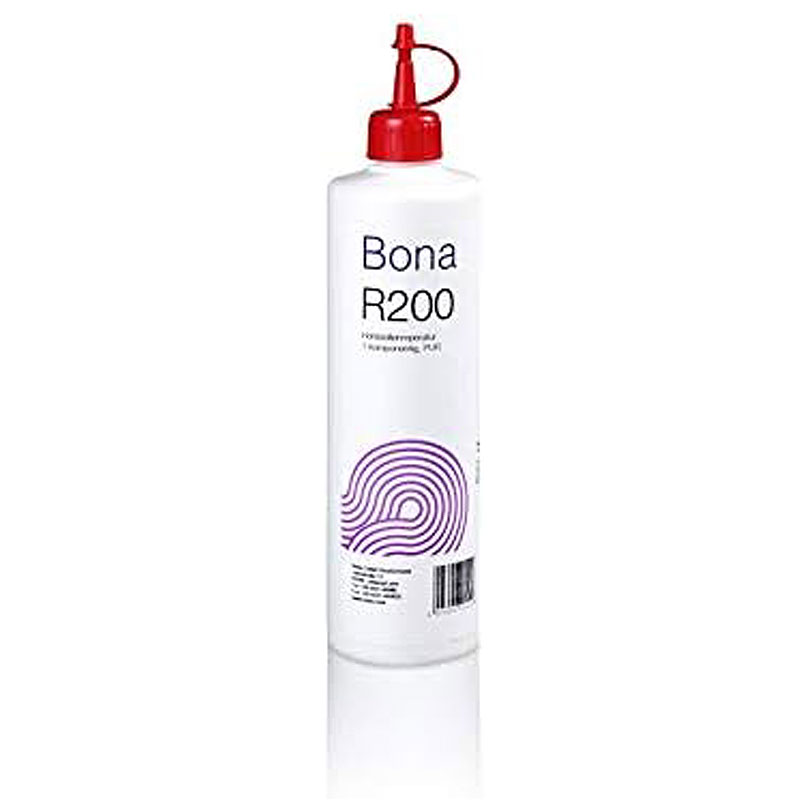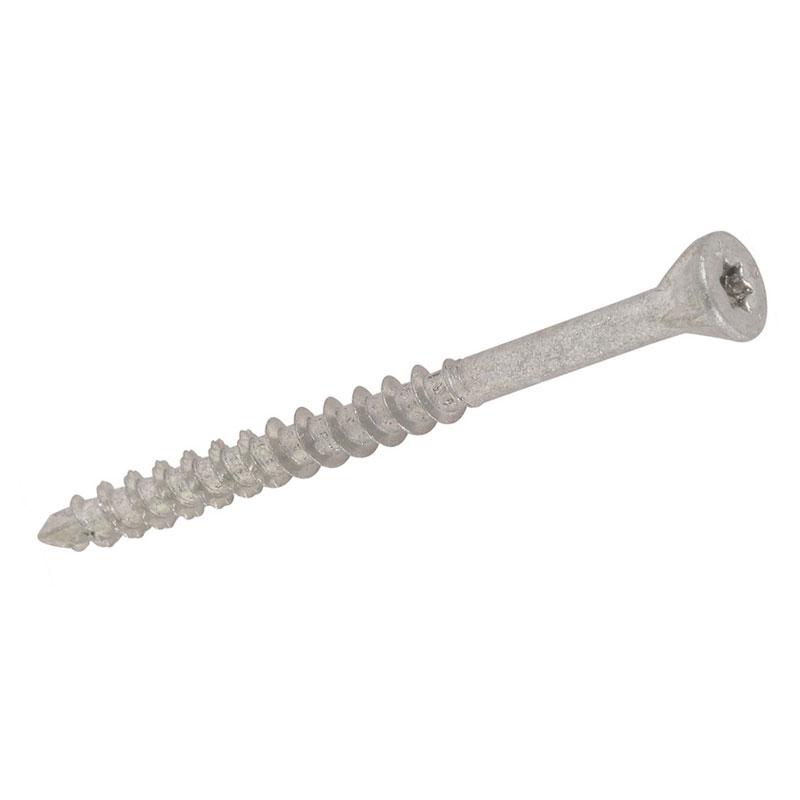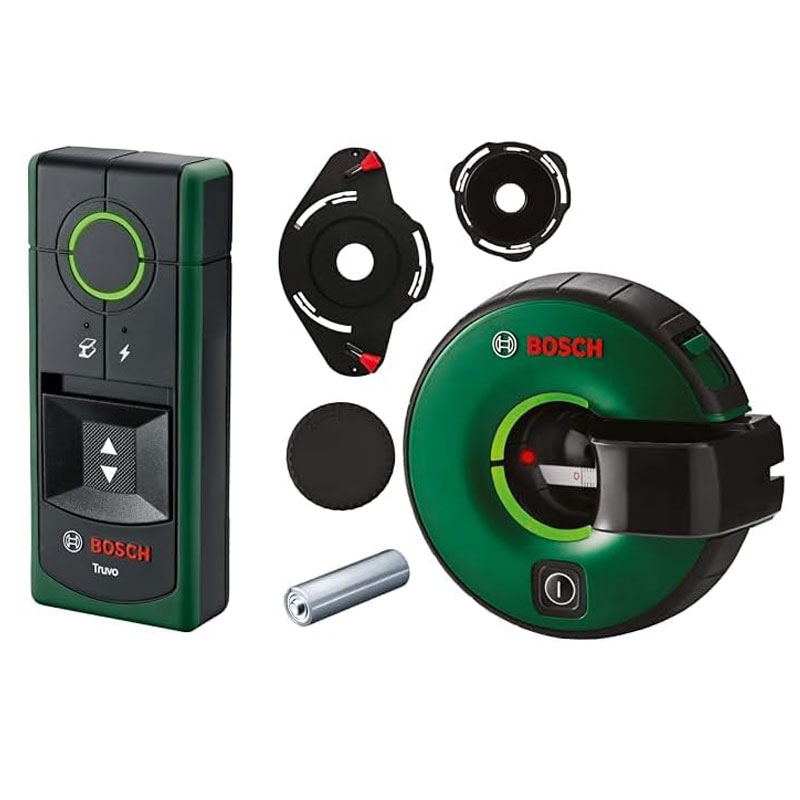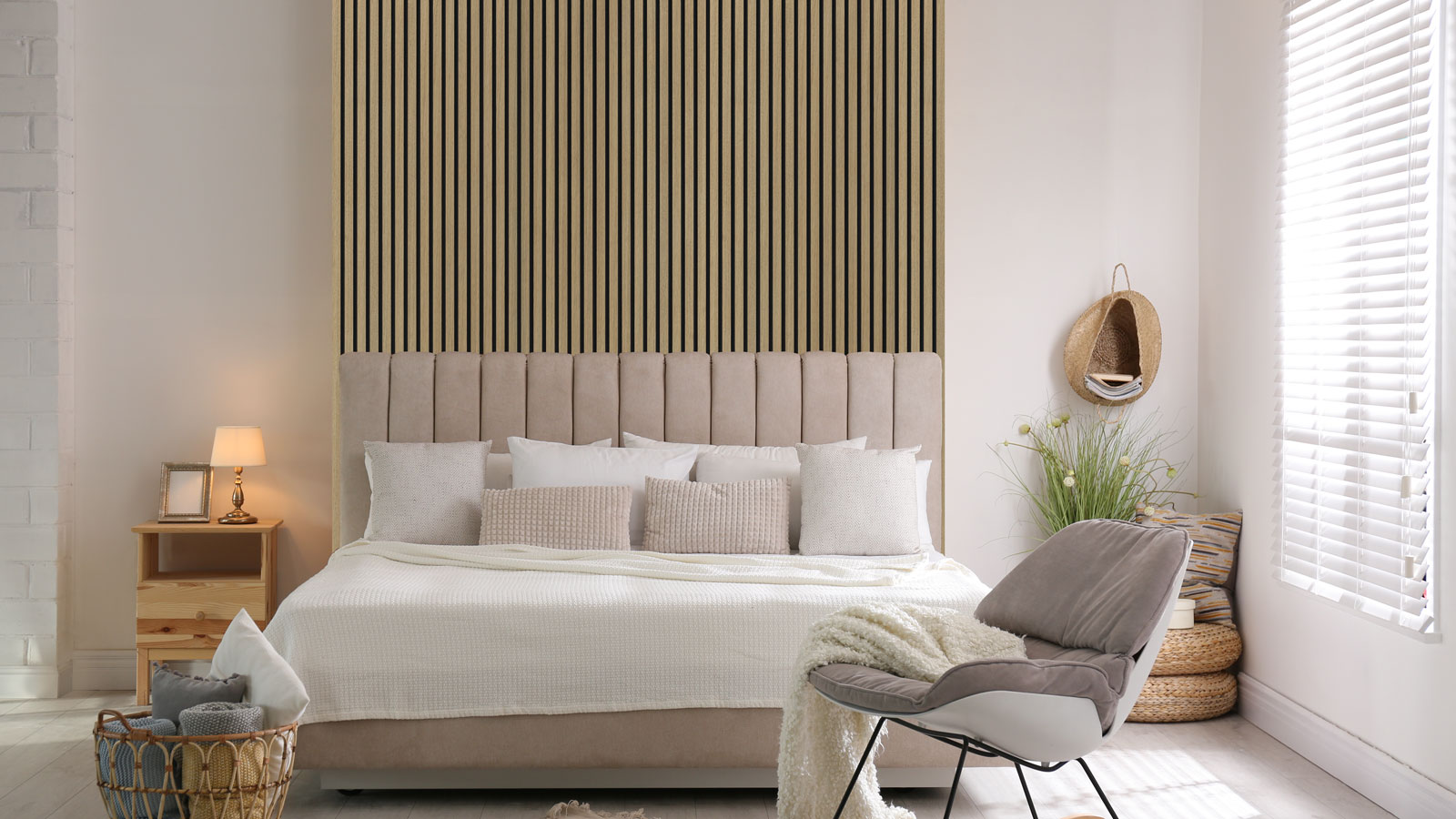How to stop wooden floors creaking: Pro tips to get rid of annoying noise
Knowing how to stop wooden floors creaking will allow you to enjoy a squeak-free floor. Here we look at how to fix common problems
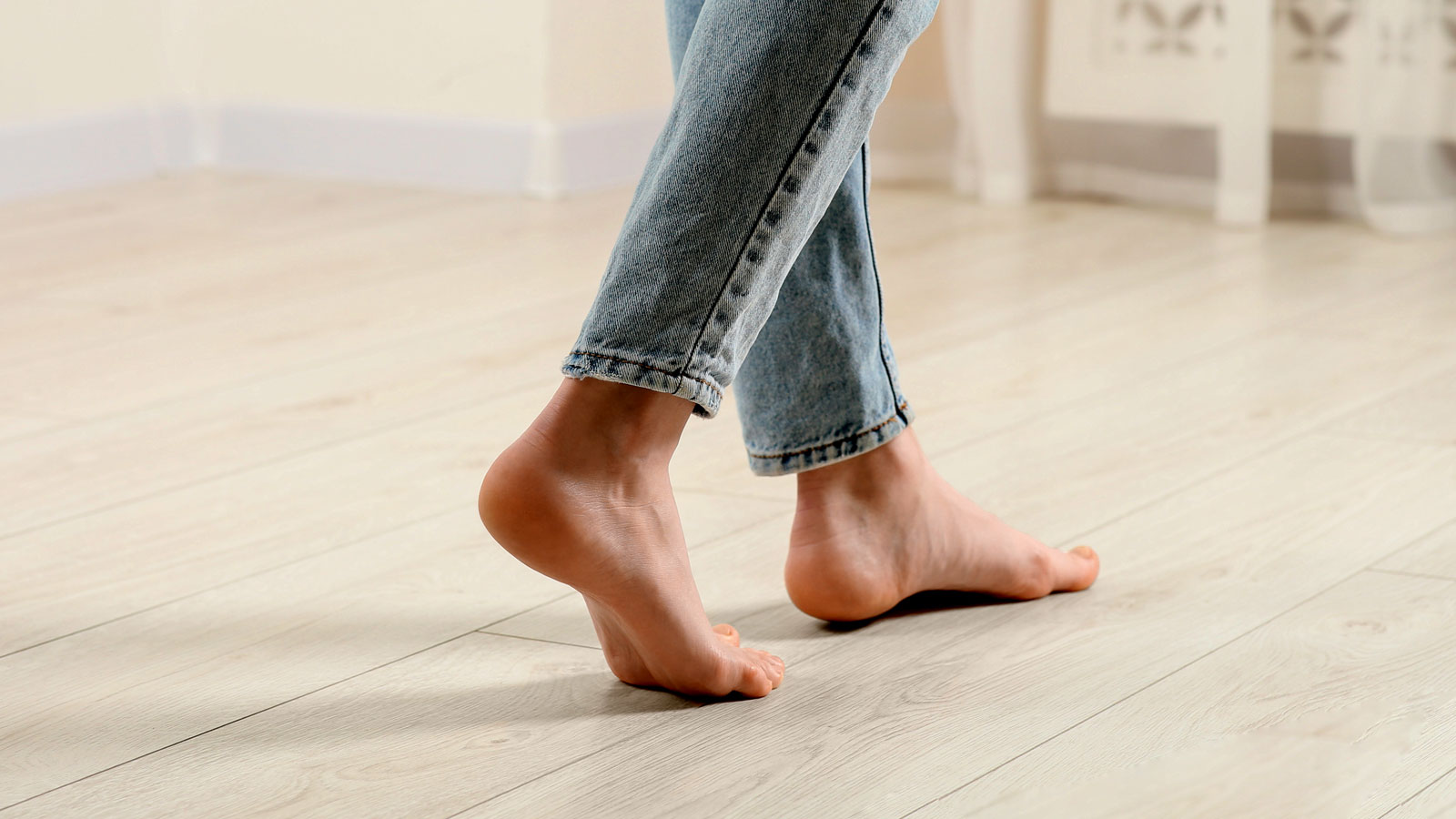
There's nothing worse than admiring a beautiful wooden floor, only to suddenly hear it squeak as it’s walked across. But learn how to stop wooden floors creaking and you’ll hopefully never have to hear that irritating, unwanted sound again.
But how do you stop it creaking? Different types of wooden flooring typically need different solutions to solve the problem. Here our expert reveals the secrets to keep fixed floors, floating floors and bonded floors quiet.

Chaunceys Timber Flooring is a family-run company based in Bristol with Ian becoming the Managing Director in 2012. They have been supplying sustainable, high-quality timber flooring to homeowners, award-winning architects, design and build companies, and renowned interior designers since 1988.
Why does my wooden floor creak?
Creaking floors are annoying, inconvenient and usually a sign that something is amiss with your wooden floor. But what? There’s a host of reasons that your wooden floor could be creaking, but as Ian Tomlinson, MD at Chaunceys Timber Flooring explains, “Floorboards creak due to movement and may squeak or creak when the boards rub against one another, or commonly on a physical object.”
He suggests that, “The most common example in a historic floor would be the boards flexing up and down and the nail is either not seated correctly in the joist or rubbing up and down the board, whereas in a new floor it is more likely that the planks are rubbing against each other.”
Different types of wood flooring ideas often have different reasons for creaking. For example, “A properly installed engineered wood flooring shouldn't creak when you walk on it,” shares Tomlinson. “But if it does it suggests a lack of contact between the floor and sub deck, this could mean the sub deck wasn’t flat and level or an issue with the fixing method has left a gap between the two layers.”
He continues, “Fully bonded engineered wood flooring should not come loose, unless there is an issue with moisture, the adhesives or the subfloor condition.” But, if you have a floor that isn’t glued down the reason will be different, "With a nailed down floor you might find an issue where the nail hasn’t gone through the board and seated properly in the joist.”
While loose joists, substandard subfloors and poorly fixed flooring may be the reason for creaky floors there may be a simpler reason such as debris in the cracks between planks. If this is the case these are typically the easiest to fix.
Identity the cause of creaking floors
Identifying why wooden floors are creaking goes a long way to choosing the right solution to alleviate the problems. Is it the subfloor? Is it the joists? Tomlinson shares, “It is important to investigate the root problem i.e. rotten joists or a problem with moisture.”
How do you investigate? “If there is access, the best way to assess and fix the creaking is from the underside of the floor.” Why? “This reduces the risk of damaging the surface of the floor or hitting pipes,” adds Tomlinson.
But gaining access to the underside of your flooring isn’t alway a viable option. So you need to be careful when fixing a creaking floor as Tomlinson explains, “Plumbing or wiring could potentially run through joists or be lagged and running between batons in screeds. This could cause major leaks and plumbing issues or risk of electric shock and wiring issues.”
No-one wants to take up a floor unless they have to, so one simple solution is to place new screws or nails next to the old ones. Or for extra peace of mind you can invest in a pipe and cable detector.
Bring your dream home to life with expert advice, how to guides and design inspiration. Sign up for our newsletter and get two free tickets to a Homebuilding & Renovating Show near you.
Try these tools to stop creaky wooden floors
Three ways to fix creaky wooden floors
How you fix a wooden floor will depend on what type of flooring you are dealing with. Here Ian Tomlinson offers up solutions for three of the most common problems.
1. Fixed Flooring
“If your floorboards are nailed down and do not have a tongue and groove, think period properties, then the boards are moving up and down and the creaking will be caused by either movement on the fixing or, between the neighbouring boards.”
Tomlinson suggests, “The simplest method would be to attempt to re-fix the board at the original points, assuming the floorboards are in good condition and not rotten.”
But what should you use? “The board could be refixed using the same traditional fixing or, we find the most secure fixings are flooring screws.” He adds, “The best ones have dual threads and are 2.5 times in length of the board thickness i.e. for a board thickness of 22mm, you should use a minimum screw length of 55mm to help pull the board tight to the subfloor.”
Finally, “Drill a pilot hole in the floorboard to help stop the wood surface splintering, then screw through the material. Depending on the size of the screw head used, these can then be filled with a wood filler, or a traditional wooden pellet could also be used.”
2. Floating floors
Floating floors are where the flooring is not fixed to the subfloor. Laminate flooring is a common example. “It's likely that the joints of the timber are moving against one another, assuming it is not the subfloor itself creaking. In this case, you need to reduce the friction,” explains Tomlinson.
“One way to reduce the friction is to lubricate the joints,” he adds. “Use a graphite powder or floor lubrication kit over the joints, working it into the joints, flexing it as you go.”
If the cause of the noise is where the floor joins a neighbouring board but is mechanically fixed, you need to stop the movement and reduce the friction. Tomlinson says, “First use graphite powder or floor lubrication, and then refix using flooring screws.”
Finally, he warns, “If the board has become too tight, it might have been or could still be an issue with moisture, which needs to be dealt with at source and the floor boards will need to be lifted, resized and replaced.”
3. Bonded Flooring
Bonded floors are flooring that is typically glued down to a timber or screed subfloor. “If the floor is creaking and it is glued down to a timber sub deck, you could try the methods for fixed and floating floors.” suggests Tomlinson.
Be warned, if the creaking is coming from movement from the subfloor, no amount of fixing will solve any issues. Unfortunately, you'll need to lift the floor to assess the issue. Hopefully this won't be the case.
However, “If there is no moisture issue, and the floor hasn’t expanded, then the cause is more likely a dip in the screed and the glue between the underside of the floorboard and the sub floor hasn’t achieved its bond, causing the boards to rub one another when they flex.” reveals Tomlinson.
He adds, “There are products on the market that you can inject through the timber to fill the gap. We use BONA R200 hollow spot repair, or a syringe glue applicator.” Why? “This method of glueing is less risky as you do not need to mechanically drive nails or screws deep into the subfloor. So what should you do? “Simply drill to the depth of the floorboard and fill it by following the instructions on the product.”
FAQs
Does talcum powder or WD40 fix squeaky floors?
Adding talcum powder to gaps in squeaky floors is a commonly suggested solution and while it does work, it's only a temporary solution. There will still be movement in the floor, which will move the talcum powder meaning you’ll need to reapply again.
The same applies to WD40, it will work temporarily, but it's not a permanent solution. And, it will leave a distinct smell in the room.
How do you fix squeaky floorboards without removing carpet?
Ideally you want to lift up carpet if you want to assess and deal with the creaky floors. But, as a stop gap for the odd squeaky floorboard you can invest in a special carpet repair kit like this Gbtdoface Stop Creak Squeaky Floor Repair Kit from Amazon.
This includes a tool to line up the screw and specialist screws which snap off once they have been screwed in. I suggest you only use a kit like this if you really don’t want to disturb your carpet.
After fixing your creaky wooden floor it could be the perfect time to get it back to looking its best by checking out our How to revive wood floors guide. Alternatively, if you’re thinking of replacing your current wood flooring, find out how much you can expect to pay with our wood flooring costs and costs to lay laminate flooring guides.
Steve Jenkins is a freelance content creator with over two decades of experience working in digital and print and was previously the DIY content editor for Homebuilding & Renovating.
He is a keen DIYer with over 20 years of experience in transforming and renovating the many homes he has lived in. He specialises in painting and decorating, but has a wide range of skills gleaned from working in the building trade for around 10 years and spending time at night school learning how to plaster and plumb.
He has fitted kitchens, tiled bathrooms and kitchens, laid many floors, built partition walls, plastered walls, plumbed in bathrooms, worked on loft conversions and much more. And when he's not sure how to tackle a DIY project he has a wide network of friends – including plumbers, gas engineers, tilers, carpenters, painters and decorators, electricians and builders – in the trade to call upon.
